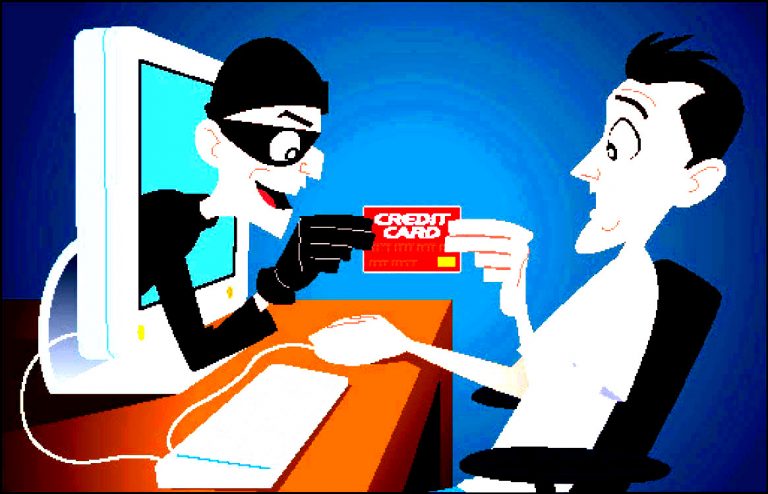There was always the knowledge growing up that no matter the situation I would need to get Dad’s approval for what I wanted to do or might have done. Of course, there were several times when I subscribed to the idea that forgiveness was better to seek than permission.
I learned from my Dad that keeping your belongings secure was important. I grew up in a time when there was no such thing as an automatic garage door opener, at least in our neighborhood there wasn’t. Locking the garage at night meant going into the attached garage and putting a three-foot wooden stick in the garage door so it could not be opened.
Security has changed dramatically since the 1960’s as has our ability to transact business instantaneously on the internet and our smartphone.
We can check a balance in our checking accounts, transfer money and order a new item from Amazon all while sitting in the carpool line. Keeping your financial data secure requires more than a three-foot stick to keep the hackers out of your financial life.
Five Top Practices for Keeping your Financial Data Secure
- Use a service that aggregates your financial accounts: The easiest way to review all of your financial accounts quickly for suspicious activity is to aggregate your accounts with a tool that will show them all together in one place. At Tannery & Company, our clients aggregate accounts creating a personal net worth statement. The easier it is to review your accounts, without sacrificing security, the more often you’ll be able to do it.
A key to a successful aggregation dashboard is for the app to be read only. This means that no money transfers can be made from the app, and a hacker cannot transfer your funds to their accounts.
- Limit access points to your financial accounts: Consumers have countless financial accounts, and the more financial sites they log into, the more they open themselves up to threats. Limit the number of times you log into your individual financial sites (by using a financial aggregation service), and you’ll limit the number of threats that can compromise your data.
- Monitor your accounts regularly: It’s good practice to monitor your financial accounts on a daily and weekly basis. When you use a financial aggregation tool that shows all of your accounts in one place, it makes monitoring simple.
- Don’t reuse your passwords & avoid sharing: Reusing passwords is an age-old mistake that leaves consumers open to an attack. In our experience with working with clients, this is the NUMBER ONE error that leads to the opportunity for hackers. There are many password managers that can help you get rid of the list you keep under your keyboard at work or in your purse.
Want to know more about what Tannery & Company does for cyber security? Give us a call and we can explain how we use our password manager.
Other Keys for password security
- Use a unique password at every financial site.
- Use a financial aggregation service with a secure password.
- Change your passwords at least every 90 days.
- Avoid sharing your financial account passwords with anyone.
- If you do need to share a password, for example with your spouse, share passwords in person or over the phone, not by email or text.
- Do not use a shared password on non-shared accounts.
- Don’t access your financial accounts on public Wi-Fi
- Don’t store your credit card information online
- Beware of phishing attempts: Email phishing attempts occur every day. Look out for any suspicious emails asking you to download attachments, to click on links or to share bank information.
If you don’t know who sent it to you, then don’t open it!
If you receive a suspicious email that appears to be from someone you know, confirm by phone whether they sent it before you click on any links or attachments.
And the IRS never sends emails or wants you to pay your taxes using Itunes Gift Cards.
Have a great Father’s Day Weekend,
Michael
Click here to schedule an appointment?
Michael Tannery CPA CDFA® AIF® ● CEO
Registered Principal
Be A Financial Olympian™





